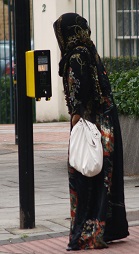 Multicultural Awareness - Understanding Cultural Diversity
Multicultural Awareness - Understanding Cultural Diversity
The world is becoming more globalised. Cities are becoming cultural melting pots, we are exposed to global news and issues, people are frequently travelling internationally, international business is booming, people are connecting over the internet all over the world.
Experiencing and connecting with people from different cultures can be interesting and enriching, but it can lead to challenges. With an increased understanding of cultural diversity we are able to optimise positive interaction with people from diverse backgrounds and help people understand and integrate into cultures that are different to their own.
This course is valuable for anybody who works or deals with people from a different culture, or has an interest in understanding different cultures.